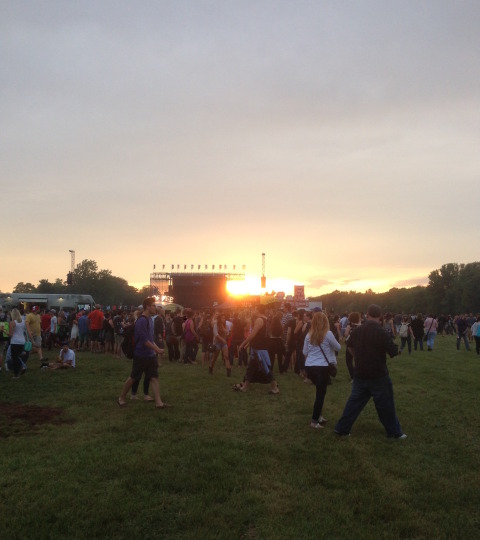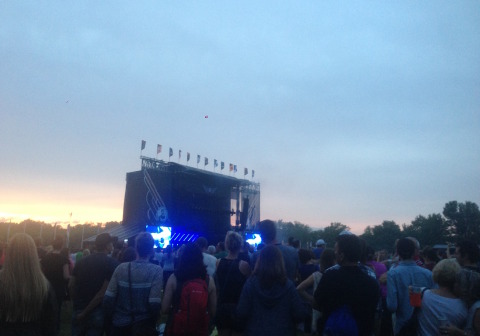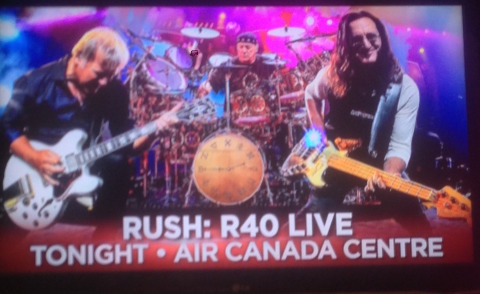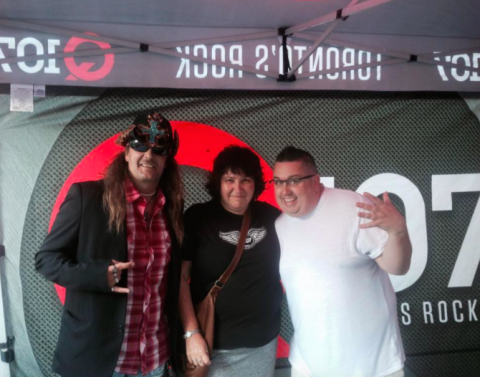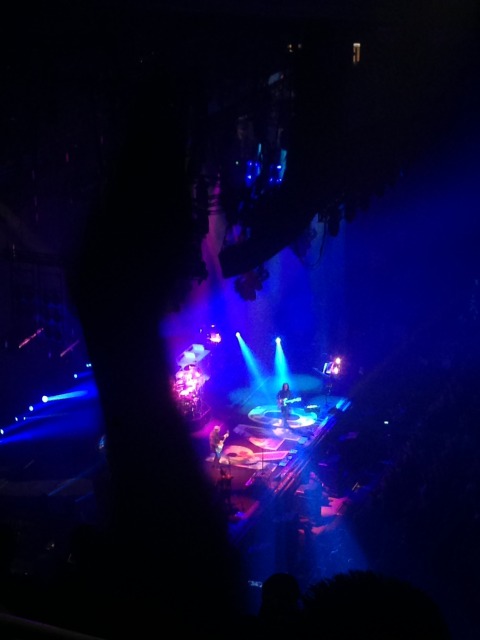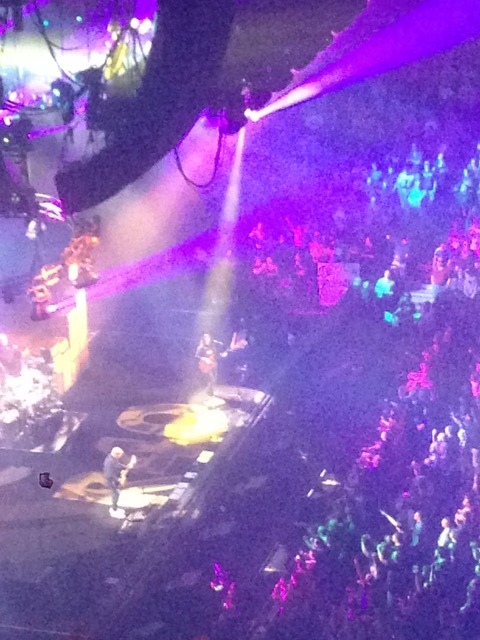Ghost Rider: Travels On The Healing Road
Sometimes a book comes along just when you need it to. You turn the first few pages and it grips you, refusing to let go.
More than eight weeks ago, Neil Peart’s “Ghost Rider: Travels On the Healing Road” finally arrived from the library’s city-wide hold shelf. I’d been meaning to pick it up for many years, but for whatever reason, never followed through. It was mid-June, a crazy time at school like no other in the calendar, and I already sensed there would be at least one renewal before I got through the thick memoir. I was optimistic as it turned out, and it has taken me up until this morning to finish my reading.
None of the sluggish pace is any fault of the book, in fact, quite the opposite is true: I didn’t want my journey with Neil to end, and I know I deliberately slowed my pace to savour it, to carefully read every word, going over some of the descriptions of landscapes more than once because they were so evocative and vividly portrayed. Sometimes I stayed away to absorb the ideas and reflections he put across, and at other times I got too involved in my own work-in-progress to give it the proper attention it deserved. Even so, it stayed with me these last two months in a way a book hasn’t managed to do in a long time.
I’ve not suffered the loss this man has endured, although like everyone else, I have lost family dear to me in years gone by and I could thoroughly identify with his feelings of helplessness and intense grief. It took me a long time to “get over” my father’s death, and reading this account reminded me of that emotional journey in many ways. I have always found that each death in one’s circle brings back all the previous ones, making one relive what we think of as long-settled grief back to the surface in unsettling ways. As I read the book, it brought me back to 2001, and my own healing road, which was a two-week holiday in Scotland after my father had passed away. Much like Neil, I found peace and acceptance in the midst of stunning landscapes and the company of someone I cared for deeply. His advice to “keep moving” is certainly sound, and I also nodded at his other four directives for coping with grief: kicking one’s own ass gently, avoiding replay syndrome, making peace with others where you could, and allowing others the pleasure of helping you. All of these tips are remarkably simple as statements, much harder to implement in actuality, but likely instrumental in getting whole again.
These last few months, my loss has been one of a friendship I valued, a big nothing when compared to the death of two family members, but difficult in its own way. It is perhaps with this on my mind that reading this book was so personal to me, but time and place are often what attaches you to a song, a piece of art, or some writing. And so it has been with me, and I am a better person for having turned the last page, as I suspected I would be midway through. His words leapt off the page, so raw and brutally honest, so eloquently written and framed with dry humour and hilarious anecdotes, especially those in the letters he wrote to a dear friend who was in prison for a good part of his riding days. He helped me to put things in perspective, which has allowed me to put the ghost to bed and genuinely accept that life, though often unfair, is what it is and there’s no sense in fighting against what has already happened. Again, though he phrased it very differently, I am reminded that ‘things will be some way’, and that this may not be ideal, but it’s certainly okay. So thank you, Neil, for reaffirming that notion, which I hope to carry with me through any other difficult days that may lie ahead.
One thing that freaked me out a little, as these things often do, is that the journey he undertook was eerily similar to that of one of my novel series’ characters, who was actually modelled after Neil as a band lyricist (though I made him a bass player and not a drummer). What made the connection give me goosebumps was that I wrote the parallel scenes in 1979, long before they happened in Neil’s actual life. As I told a friend yesterday, meeting my first husband after I’d written my first book gave me the first goosebumps because his young life mirrored my main character’s difficult childhood right down to the same timeline of horrific trauma, and my recent trips to Scotland have rekindled those bizarre feelings because Edinburgh was long established in pivotal scenes of my current work-in-progress long before I fell in love with the city last summer and last spring. Life is indeed stranger than fiction sometimes.
As I get ready to return this library copy back, I am overwhelmed with a strange sense of gratitude for having read it at the right time. I’ve got a personal copy that will follow me to Scotland in a few weeks’ time, not because I want to reread it, but because I know just the person who will appreciate it and maybe get out of it as much as I did and because, to quote my favourite lyric from the book,
We are islands to each other building hopeful bridges on the troubled sea.
 Neil Peart,
Neil Peart,  Rush | in
Rush | in  Books,
Books,  Reviews,
Reviews,  Toronto Rocks
Toronto Rocks 